Any time is a good time to add more trees to our biosphere. If you’ve been thinking of planting one this spring, here are a few suggestions.
Earth Day (April 22) reminds us that we are stewards of our planet. And one of the actions that we, as stewards, can undertake to honour Mother Earth is to plant trees. Trees act as the lungs of the planet, sequestering carbon dioxide and exhaling oxygen. The world needs more trees.
If you have the space and would like to plant one, here is a selection of trees that we love and that grow well in our region.
Ginkgo (Ginkgo biloba)
Actually, ginkgos grow well throughout most of the northern hemisphere. Native to China, this tree with its distinctive fan-shaped foliage, is the surviving member of an ancient genus of tree dating back an estimated 200 million years. Gotta love a tree that co-existed with the dinosaurs.
Ginkgos weren’t common in the West Island a few decades ago, but a growing number of locals are cultivating them. Bonus: They tolerate air pollution, so are adapted to urban environments. Their curiously shaped leaves turn a sublime golden-yellow in the autumn.
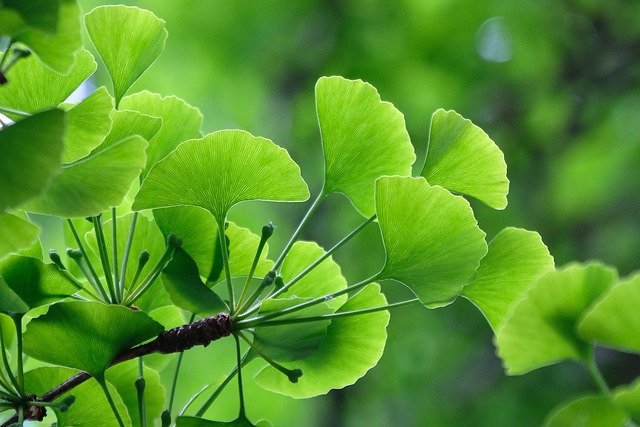
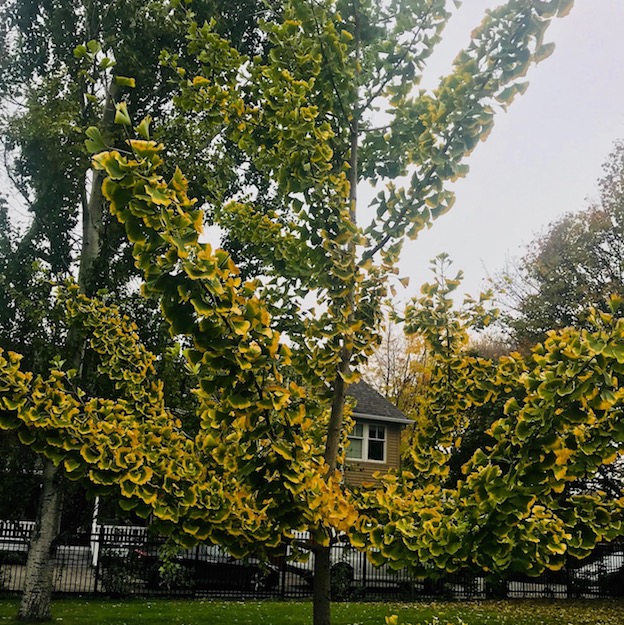
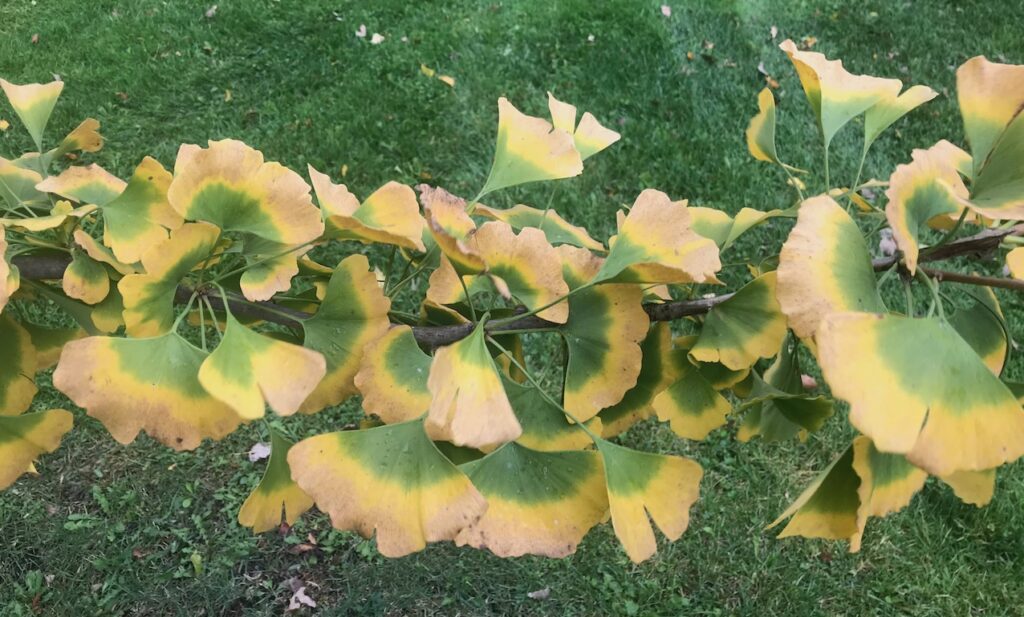
Sugar Maple (acer saccharum)
Is it a requirement of being Canadian that one should love maple trees, particularly sugar maple, the species that produces sap for syrup (acer saccharum)? We think so.
Acer saccharum can reach a height of 80 feet and it has a 50-foot spread; so it needs plenty of space. As conscientious children of Mother Earth, we always look to the future when planting trees, ensuring that the specimen will have enough room to stretch.
There are about 120 species of maple. Our beloved, indigenous sugar maple has beautiful red and orange leaves in the autumn. Bonus: Plant an acer saccharum near your house and its dense foliage will keep your home cool during the hottest days of summer.
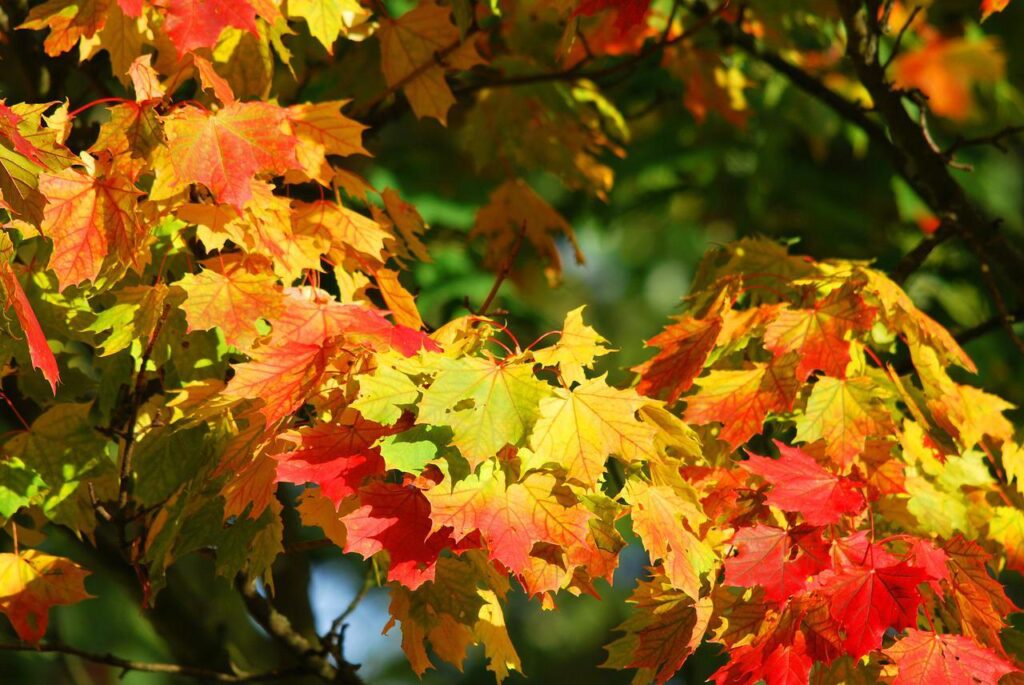
Japanese Maple (acer palmatum)
If you don’t have space for an acer saccharum but you really hanker after a maple tree, a Japanese maple may be the tree for you. There are many varieties; some grow no taller than six feet, giving the impression of a shrub rather than a tree.
Japanese maples have deeply lobed foliage in a variety of colours, depending on the cultivar.
Many are red-leafed. Demure and modestly sized, they are perfect additions to small gardens and they confer the look of Asian landscapes.
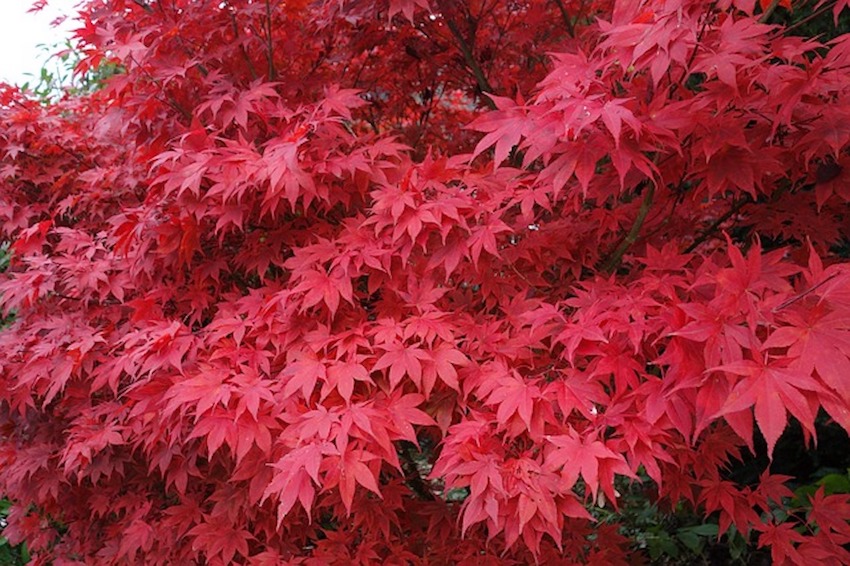
Magnolia
There are about 120 species of magnolia, which are beloved by many gardeners. One of the most commonly planted varieties in the West Island is the Saucer Magnolia (Magnolia x soulangeana).
This is another good tree for small gardens: At maturity, it reaches a height and spread of 26 feet. And it’s a spring show-off, blooming with delicately scented pink blossoms that can measure as much as 10 inches across.
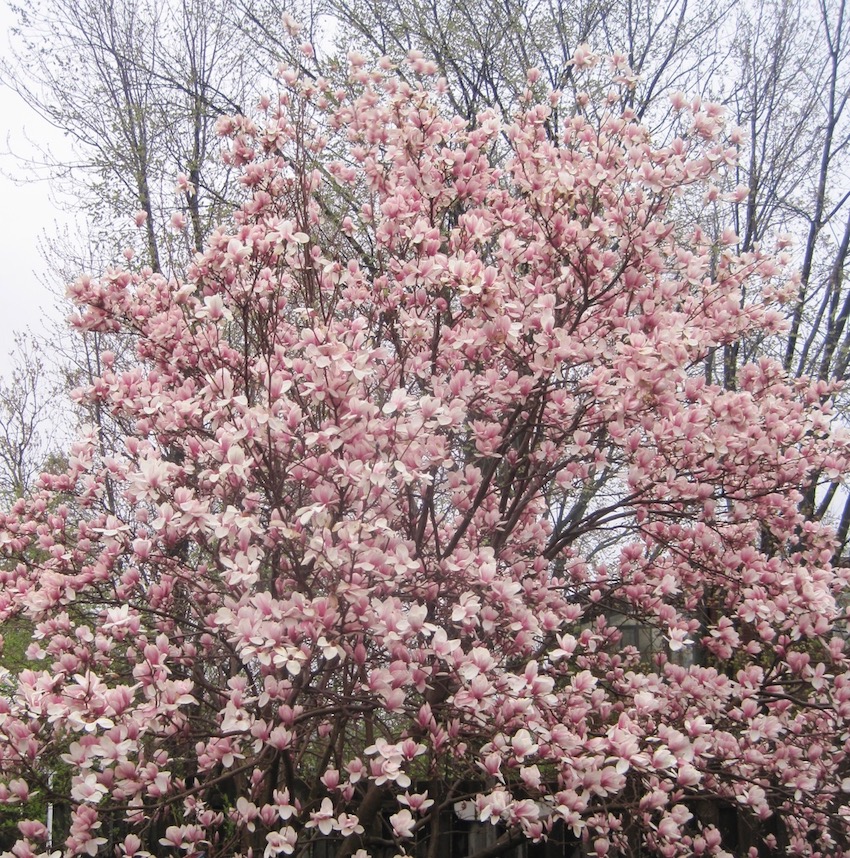
Honey Locust (Gleditsia triacanthos)
This is another tree that needs space. At maturity, it can reach a height and spread of 40 feet (with some specimens as tall as 90 feet). It grows quickly and is drought-resistant and cold-tolerant, making it a favourite for public spaces.
Honey Locust leafs out late in the spring with beautiful divided foliage. The leaves turn a warm yellow in the autumn. There is a delicateness about the foliage, which makes it an aesthetic addition to a garden.
American mountain ash (Sorbus americana)
Native to eastern North America, including a big chunk of Quebec, the American mountain ash grows to a maximum of 30 feet.
It’s very hardy. White spring-summer flowers mature into clusters of red berries that feed birds throughout the winter, making it a favourite for gardeners who want to attract birds to their yards.
Japanese Lilac (Syringa reticulata)
This is another modest-sized tree with a mature height of about 25 feet and a spread of between 15 and 20 feet.
It’s not to be confused with the lilac shrubs that bear heavily scented pendulous blooms. This little tree can be grown in a small yard, and it bears fragrant white blossoms. There are several cultivars; Ivory Silk appears to be the most popular in this area.
Fruit trees
Whether you plant an apple, pear, or plum tree (and bear in mind that the Mount Royal plum was developed specifically for our region), you’ll be doing a good thing on several levels:
* Trees are the lungs of the Earth; the more we plant, the healthier our atmosphere will be.
* Growing fruit allows us to donate our excess harvest to local food banks.
* Fruit trees bear aesthetic blooms around the same time as magnolias. That makes them balms for our souls.
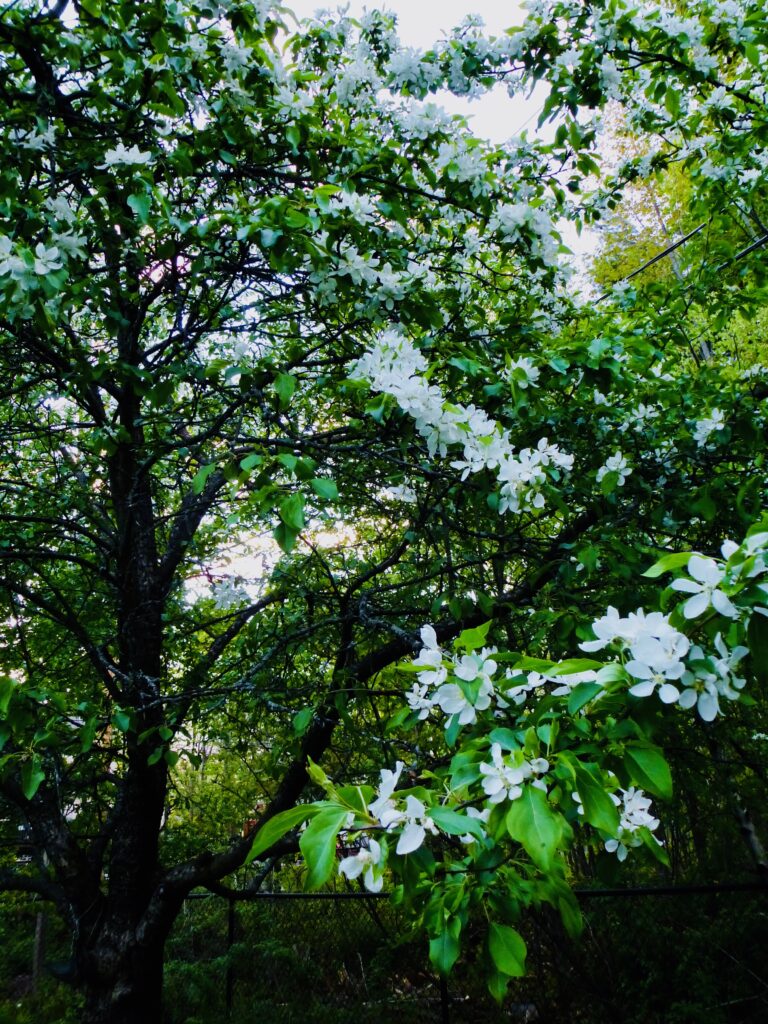
If you want to honour the Earth by planting a tree, you’ll find many varieties that will thrive in the West Island. You’ll be doing something noble for future generations. After all, every day is Earth Day.








